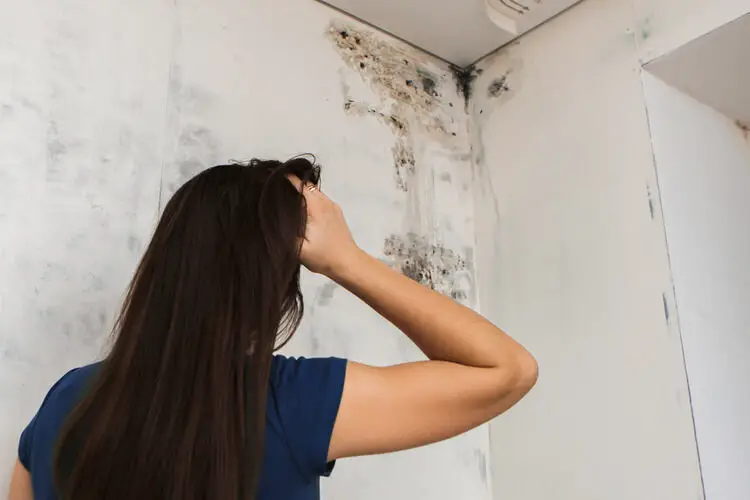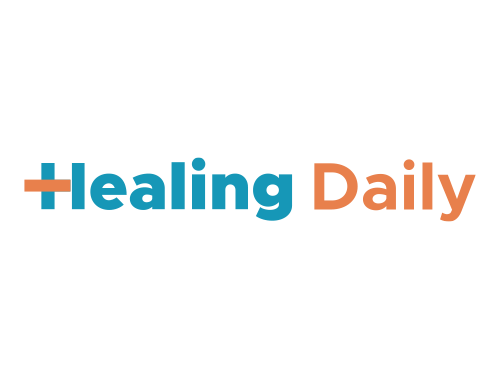Whether it’s mold inside the house or mold spores occurring outdoors after rainy or humid weather, many people think that the fungal substance can give them a variety of health issues, including headaches. But does mold cause headaches? And if so, what can you do about it? Let’s take a look at the facts about mold, health issues, and reducing your exposure to potentially harmful fungal spores in general.
How Can Mold Give You a Headache?
The truth is that while not all mold will give everyone who is exposed to it a headache, mold exposure can cause headaches in some instances. Keep in mind that many types of mold are harmless to the vast majority of people. Some of it is edible or even beneficial. For example, if you eat blue cheese or mushrooms, you are, in fact, ingesting fungi. And you might already know that penicillin, a potentially lifesaving antibiotic, is made from mold. 1
For those who are allergic to mold, however, the spores can cause nasal and sinus congestion along with headaches. Some people who are sensitive to certain spores might experience migraine headaches. 2In some cases, molds can produce toxins that can cause various health effects, including headaches. Another culprit is microbial volatile organic compounds (mVOCs), which are compounds released into the air by mold that can cause symptoms in the respiratory tract as well as headaches. 3
Image courtesy of Pixabay
What Other Health Issues Can Be Caused by Mold?
Depending on how much mold you are exposed to as well as what type of mold you have in your environment, you might experience other symptoms in addition to (or instead of) headaches. One of the most common is respiratory irritation. Many people who have spring or fall “hay fever” might actually be reacting to mold spores. Common signs include a runny nose, nasal congestion, sinus pressure, watery eyes, and a sore throat. These are similar to the signs of pollen allergy, so you might consider seeing an allergist to determine what, if anything, you are allergic to. If you are sensitive to an outdoor mold, you might be prescribed medication to help control your symptoms.4
Of course, these symptoms, as well as rashes, fatigue, chronic coughing, or even difficulty breathing, can also occur in response to mold inside of the home. If you are experiencing these symptoms when you’re in your house, you might consider having your home tested for mold spores.
How Can You Find Out If Your Home Has Mold?
The most obvious way to tell if you have mold in your home is simply to look around. Mold tends to grow where there is dampness5, so check the ceiling in your shower, your attic, and your basement. If one side of your home is always shaded, it’s also possible that you might have mold on the siding; if the siding is wood or otherwise permeable, it could leach inside of the space between the exterior and interior walls, so this should be investigated.
Another sign you might have mold is a musty or mildewy smell. If you are smelling it in any area of your home, it’s likely you have mold growing somewhere near that space. If you can’t see it, you might need to have a professional come in and take a look.
Finally, testing is a way to determine not only whether you have mold spores but also what kind you have and how much mold you have in your home. It’s best to hire a mold specialist who does not also offer remediation, as you can avoid a conflict of interest and the possibility of paying for remediation that you don’t actually need.6
How Can You Prevent or Remove Mold Inside of Your Home?
Image courtesy of Pixabay
To prevent mold in your home, you need to prevent moisture. Mold grows on damp surfaces, often where there is inadequate light.7 That’s why basements, attics, and unventilated bathrooms are prime locations for mold to flourish. If you have any type of plumbing leak or a leak in your roof, then you might also be experiencing mold in the ceilings, in the walls, or in other hidden areas of the home. Be aware of any leaks or moisture buildup (such as from condensation on appliances) and get these issues taken care of promptly.
If you have an area that tends to be humid, an air purifier can help keep the air free from mold spores.8 Note that if there is already mold growth, that needs to be removed first. A dehumidifier is another good choice if you are looking for a machine to help reduce the mold in your home.
Once you have found mold, particularly if you or someone in your home is experiencing headaches, respiratory issues, or any other symptoms of mold exposure, it’s best to consult with a mitigation specialist. There are ways to remove some types of mold yourself, but unless you know that your mold is non-toxic, it’s best not to try, as doing it incorrectly can spread the spores throughout the home. A mold remediation specialist will know how to not only remove the mold but also prevent it from spreading to other rooms while it’s being removed.
Mold in the home or in the yard can cause health issues, including headaches, but the good news is that you don’t have to suffer. See an allergist for sensitivity to outdoor mold spores and take simple measures to prevent and remove mold indoors. If you are afraid that your mold might be toxic, consult with a qualified professional to keep yourself and your family safe.
Article Sources
Healing Daily uses only high-quality sources, including peer-reviewed studies, to support the facts within our articles. Read our editorial process to learn more about how we fact-check and keep our content accurate, reliable, and trustworthy.
- How did they make penicillin? NIH.gov. Accessed August 17, 2021.
- Mold and Your Health. Illinois Dept. of Public Health. Accessed August 17, 2021.
- Mold. University of Michigan. Accessed August 17, 2021.
- Mold allergy. Aafa.org. Updated Oct 2015. Accessed 17 Aug 2021.
- Dampness and Mold in Buildings. CDC.gov. Published May 17, 2013. Accessed August 17, 2021.
- Mold. DHHS.gov. Updated February 20, 2020. Accessed August 17, 2021.
- Northolt MD, Bullerman LB. Prevention of Mold Growth and Toxin Production through Control of Environmental Conditions. J Food Prot (1982) 45 (6): 519–526. doi:10.4315/0362-028X-45.6.519
- Delgado A, Flor H. Selection of the best air purifier system to urban houses using AHP. 2017 CHILEAN Conference on Electrical, Electronics Engineering, Information and Communication Technologies (CHILECON), 2017, pp. 1-4, doi:10.1109/CHILECON.2017.8229622.





